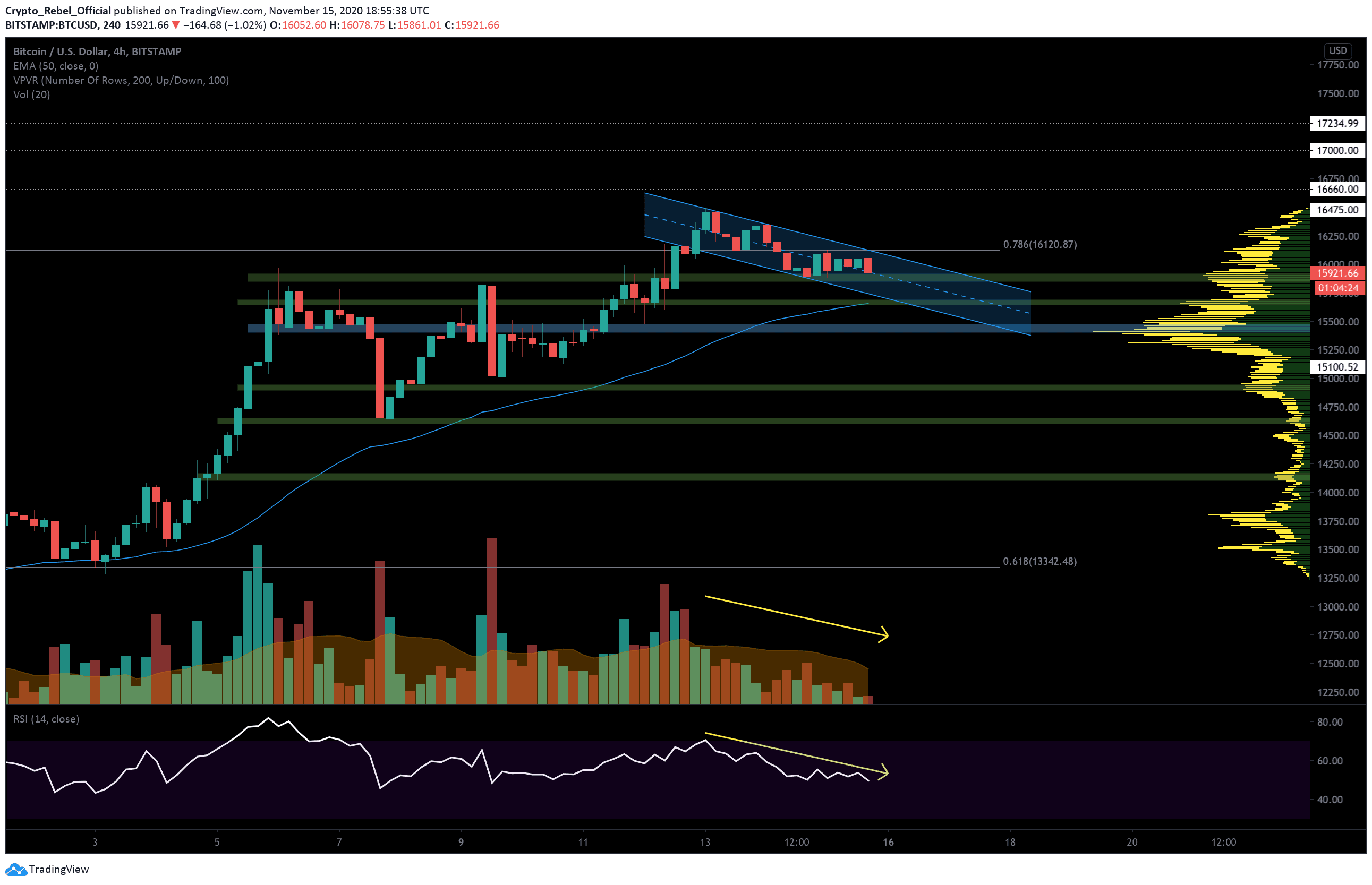The Viral Transaction of a Bot Selling 2.4 APE for Almost $3 Million Explained
Last week was quite eventful but perhaps what the crypto community was most excited about was the APE coin launch.
To summarize, APE coin is the native cryptocurrency that underpins the Bored Ape Yacht Club ecosystem, and it was launched on March 17th and airdropped to holders of BAYC-related NFTs. The coin saw billions of dollars in volume upon hitting some of the leading exchanges.
Amid all this, one particular transaction stood out and caught the attention of many. Let’s have a closer look at what really went down when a bot seemingly sold 2.4 APE for 946 ETH, worth $2.7 million at the time.
The Viral APE Transaction
Unpacking the entire situation was the well-known crypto proponent and former Coinbase engineer going by the Twitter handle 0xbeans.eth.
This is what the transaction in question looks like:

The expert speaks of the three transactions that are relevant for understanding what really went on and how nobody really sold 2.4 APE for almost $3 million. What happened is the so-called “sandwich attack.”
This is possible entirely thanks to how automated market makers such as Uniswap and Sushiswap work.
What is a Sandwich Attack?
First things first, when someone sends a transaction to Ethereum’s network – it doesn’t get executed and included in a block immediately. Instead, it gets to a mempool and sits there waiting for a miner to pick it up. The way miners choose which transactions to include is usually based on the gas fee – the higher it is, the more prioritized a transaction would be.
Another thing to consider is slippage. When setting slippage on a DEX like Uniswap, you’re basically telling the protocol that you are willing to pay a higher price (to a certain extent) by the time your transaction gets executed.
For example, if you want to buy 10 APE tokens for 100 ETH and you set a slippage of 2%, you are saying that that you are willing to pay a maximum of 102 ETH for 10 APE tokens by the time your transaction gets executed (in case there’s an increase at all).
This is where miner extractable value (MEV) bots come into place. They are set up to hunt transactions of the kind and front-run them by bidding the price up to the increased amount (following the above example – by 2%), squeezing the primary transaction between two others – one that buys a huge number of tokens to increase the price by 2 % and one that sells them at a higher price, essentially sandwiching the initial transaction – hence, the name.
What Really Went Down in the APE Transaction?
The transaction in question is of someone who is trying to swap 1.5 ETH for APE tokens. However, we can also see that there’s a bot who submitted two other transactions before and after the original one and got it sandwiched.
Let’s dive into a specific block that this bot has sent txns to (this is block 14404142).
dseezy.eth is trying to swap 1.5 ETH for $APE.
You can see that the bot submitted 2 txns before/after dseezy’s txn. Unfortunately dseezy got sandwhiched… pic.twitter.com/mz7Y5X0I9R
— 0xBeans.eth (@0x_Beans) March 19, 2022
The first transaction bought APE for roughly 4.13 ETH, and then the original transaction was executed, facing slippage. After that, the last transaction sold the APE it bought for 4.45 ETH, banking some 0.3 ETH profit in a single block.









